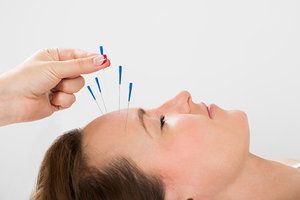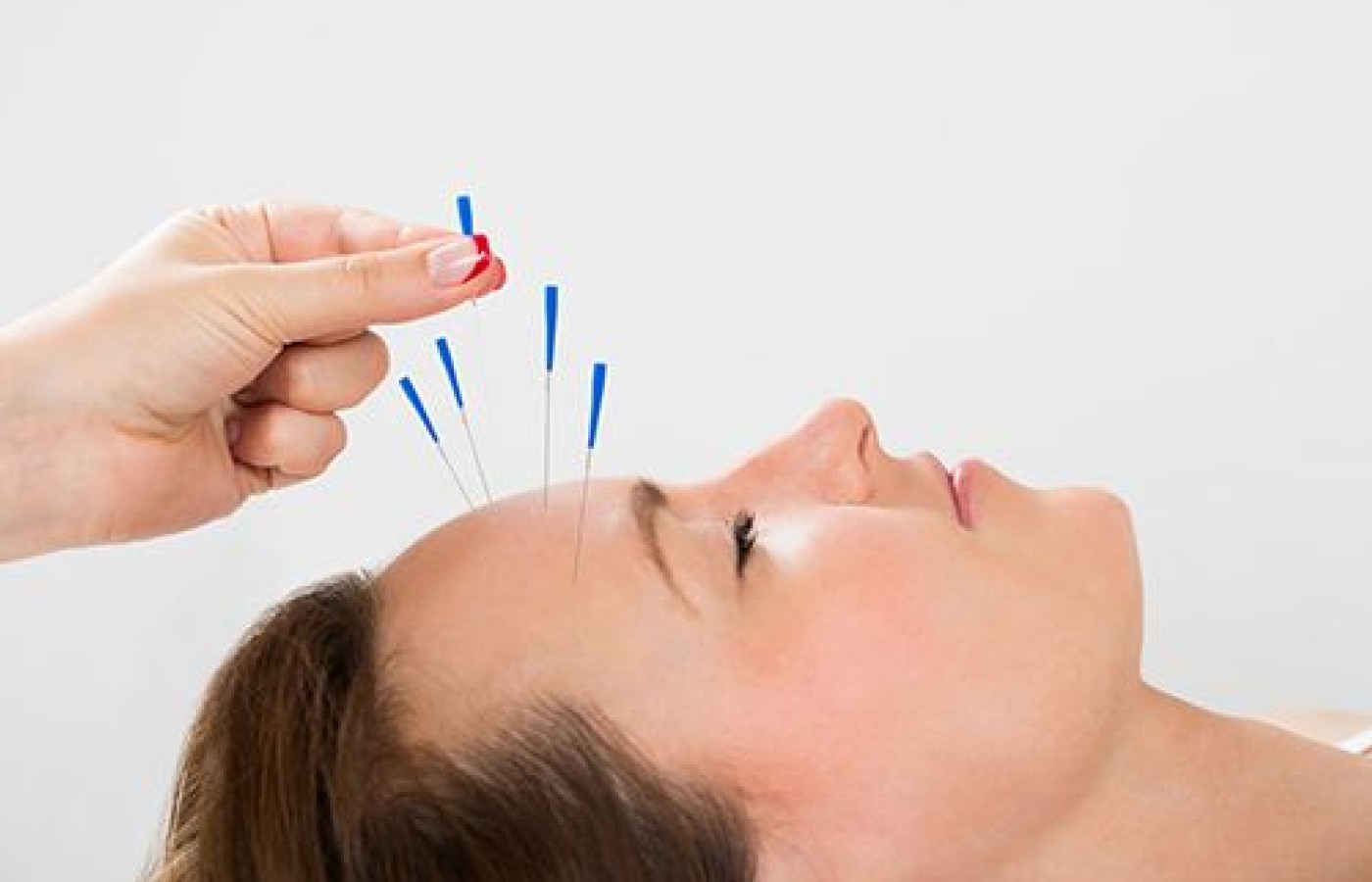Whether you accept it, avoid it or live somewhere in between, insurance coverage has become a defining issue for our profession. Patients increasingly expect to use their benefits, practitioners want to be compensated fairly for their time and expertise, and the system itself remains – at best – fragmented. The encouraging news is that coverage has expanded in meaningful ways. The challenging news is that reimbursement, across the board, remains inadequate.
Moving TCM Into the Future
As I look back on many of the projects that I have done, it seems that the hardest part of the project is its completion. Often the finish takes more effort than the start, and this is certainly true with regard to the WHO-ICD-TM-11 diagnostic codes.
The precursor for this project began in 1999, when representatives of the member states of the U.N. started a discussion concerning the reduction of health care costs worldwide. This lead others to talk — subsequently a Chinese representative (that works for WHO) suggested acupuncture and TCM.
Between 2003 and 2008, committees standardized both point location for 361 points, and over 4,000 vocabulary words and meanings. WHO published this standardized data, which is now known as Informatics. The next task, which began in 2010, was writing a set of diagnostic codes for Traditional, Complementary and Integrative Medicine (TCIM).
These codes will create credibility for TCM worldwide; help integrated providers communicate; position TCM so mortality, morbidity, and comorbidity can be counted; express the condition in Asian terms with definitions; and help to define TCM.
The plan is to integrate the TCIM codes with the next update of the international classification of diseases (ICD) codes, which are owned and maintained by WHO. These are used for insurance billing, and to count mortality, morbidity and comorbidity. Although the TCIM codes are complete there is one more step to make these as effective as possible. As you read this there is a team at Stanford University working on a computer program for the codes.

Dr. Mark Musen, head of biomedical informatics at Stanford University and the director of this project commented, "It is time for an update to the ICD, and the time for the formulation of a set of diagnostic codes for acupuncture."
The Future is Now
The goal is to complete this process before the WHO General Assembly in 2018, so that the codes can be presented at that time. The U.S., through COMRE has given $300,000 in professional donations toward this project, however it will take another $100,000 to complete these efforts.
Therefore, please consider sending $10 or more, if possible, as a tax deductible contribution to help this project cross the finish line. Please send to: Consortium for Acupuncture Research and Education, 1100 W. Town and Country Road, Suite 1400, Orange, CA 92868. Thank you for your support.



